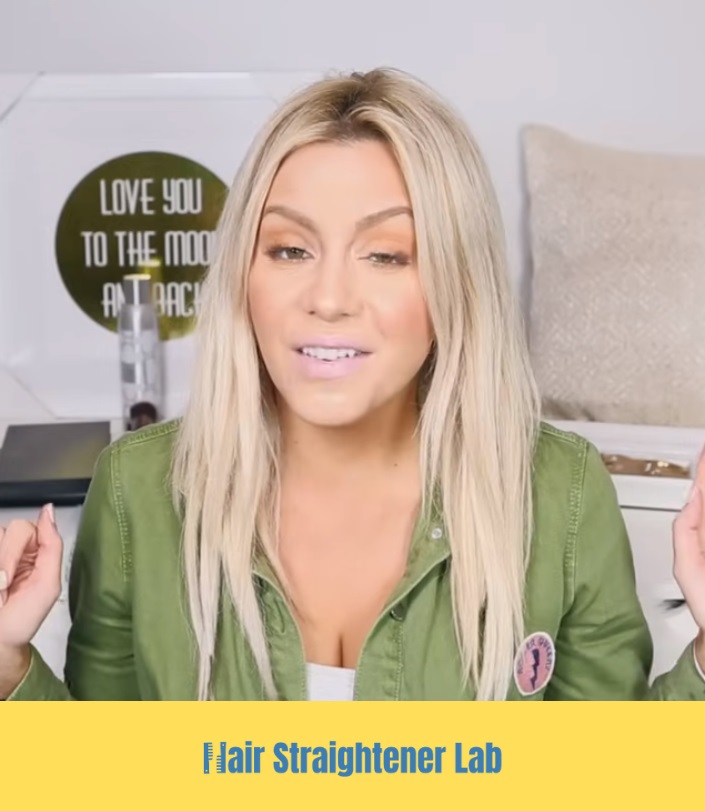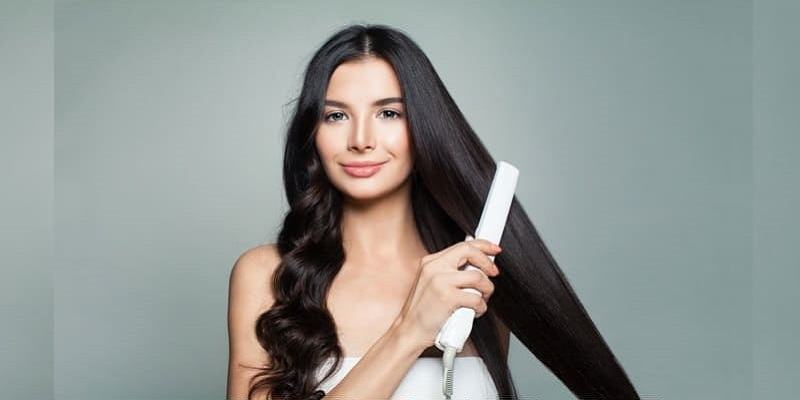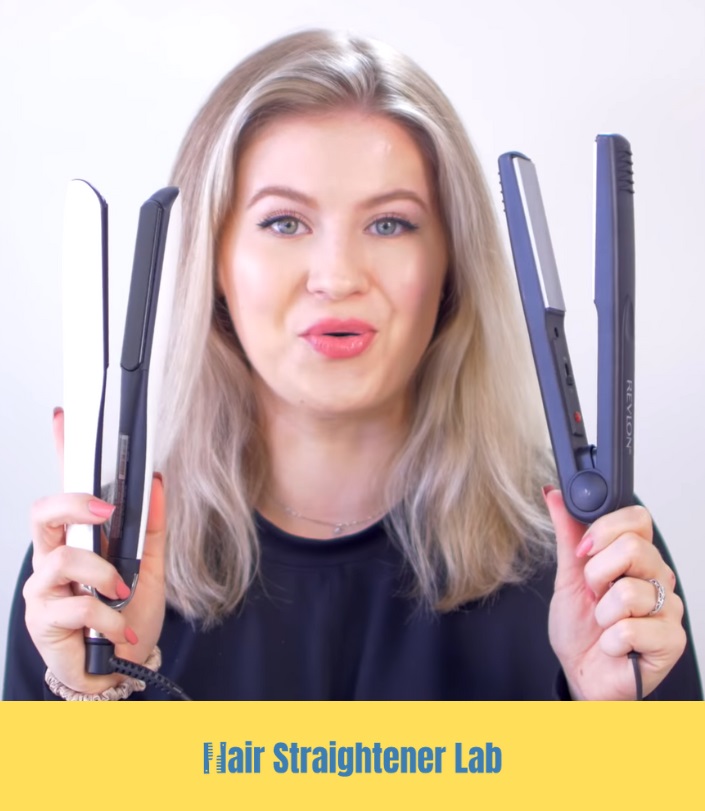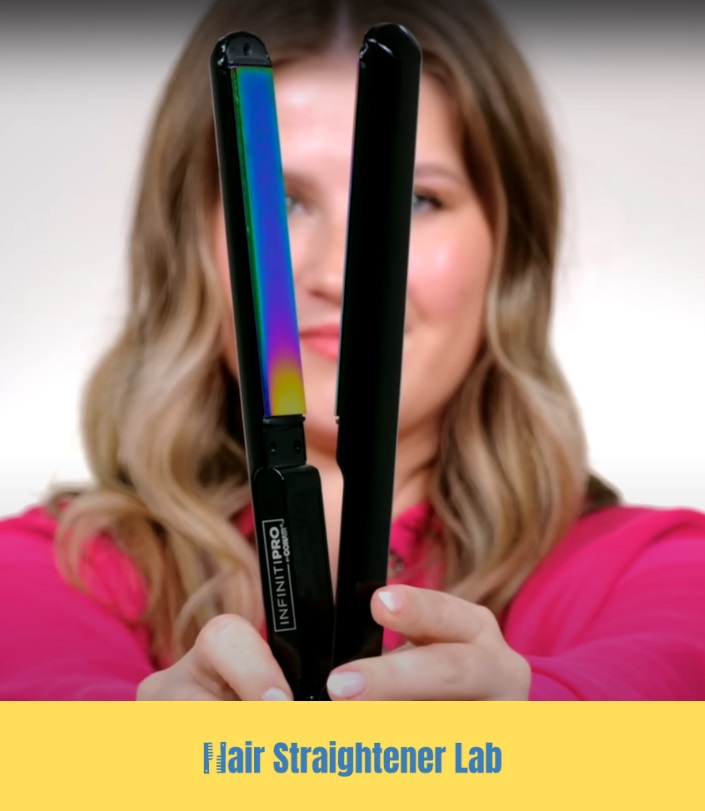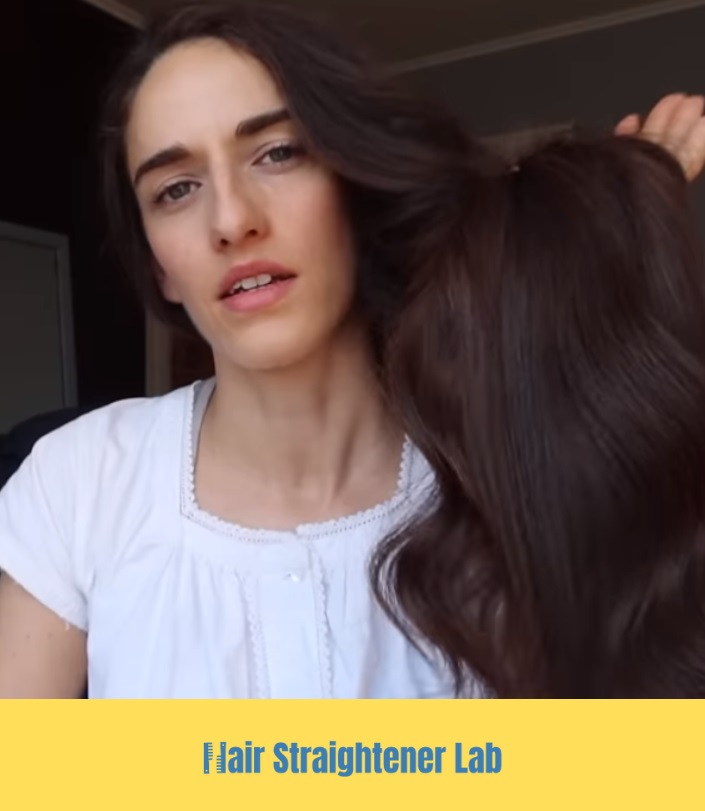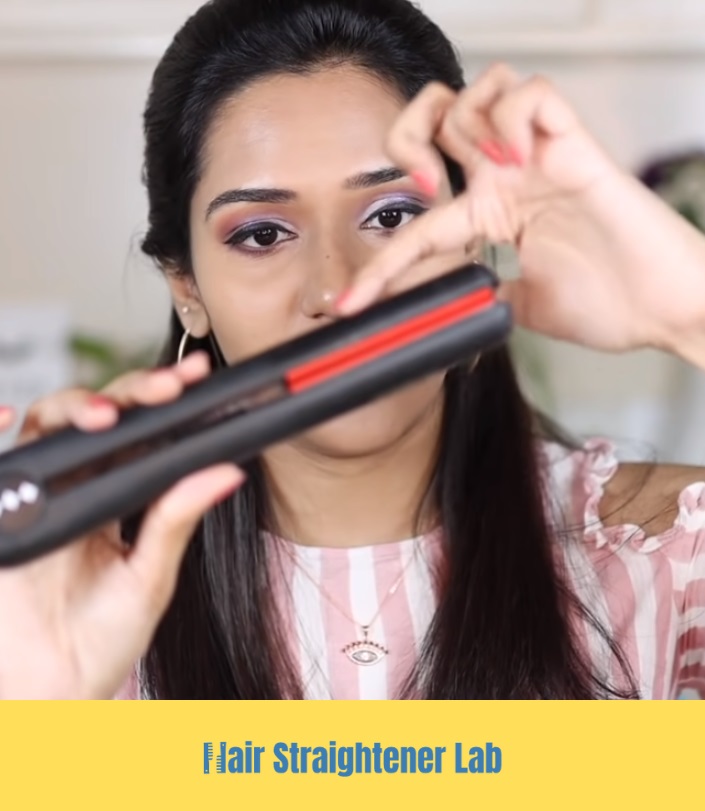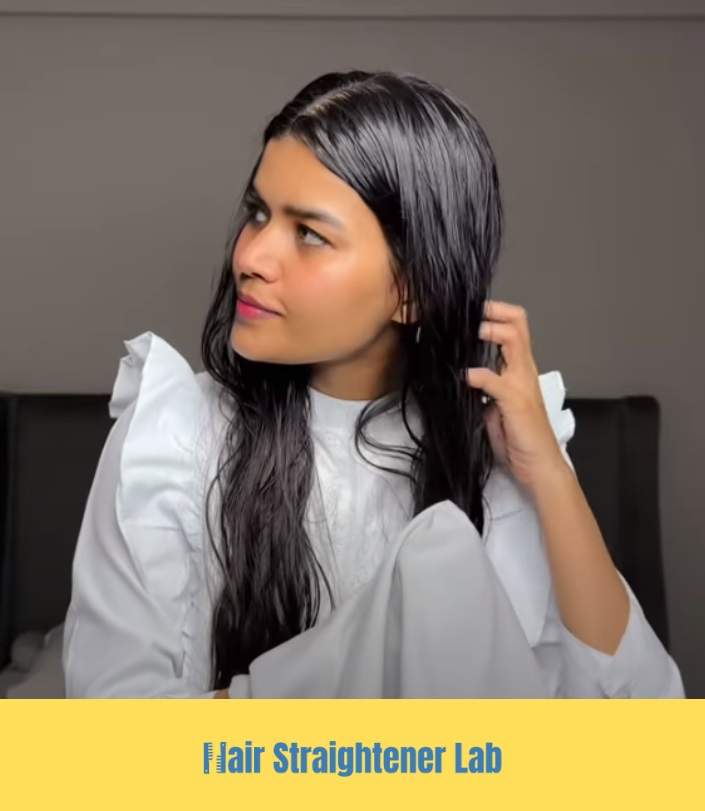As an Amazon Associate I earn from qualifying purchases. Learn More
We’ve all been there: we wanted to achieve the perfect shade for our hair, but somehow, things didn’t go as planned. Perhaps you’ve ended up with over-toned hair, which can be a frustrating situation to handle. Over-toned hair occurs when too much toner is absorbed into your hair, causing an unnatural hue or an overly ashy, blue, purple, or green appearance. But worry not, in this comprehensive guide, we will walk you through the steps to identify, fix, and prevent over-toned hair, ensuring that your locks look healthy and vibrant again.
Identifying Over-Toned Hair
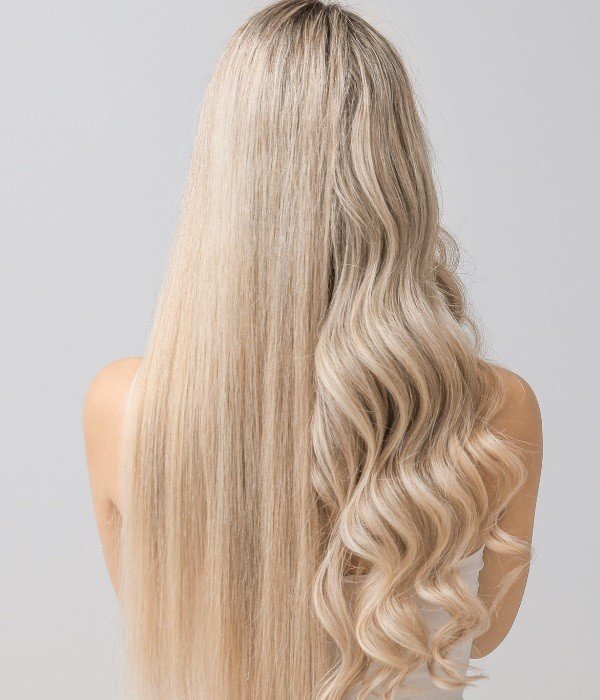
Signs of over-toned hair
The first step to fixing over-toned hair is to identify it. Here are some common signs:
- Unnatural color: Your hair may appear overly ashy, brassy, green, purple, or blue.
- Uneven tone: Your hair color may look patchy, with some areas appearing darker or more vibrant than others.
- Dullness: Over-toned hair can lose its shine and may appear dull or lifeless.
Different types of over-toning
Over-toning can manifest in various ways, depending on the original hair color and the toner used:
- Ashy: Hair appears overly gray or white.
- Purple: Hair takes on a purple or violet hue.
- Blue: Hair has a noticeable blue or greenish-blue tint.
- Green: Hair acquires a greenish tint, typically from using a toner with a green base on yellow-toned hair.
Common causes of over-toning
- Incorrect toner choice: Using a toner that isn’t suited for your hair color can lead to over-toning.
- Over-processing: Leaving the toner on your hair for too long can result in over-toning.
- Improper application: Applying too much toner or applying it unevenly can cause over-toning.
How to Prevent Over-Toning
Prevention is key when it comes to over-toned hair. Follow these steps to avoid over-toning:

Choosing the right toner for your hair color
Select a toner that complements your hair color and desired outcome. For example, if you have yellow-toned hair and want to achieve a cool blonde, opt for a purple-based toner.
Performing a strand test
Before applying the toner to your entire head, conduct a strand test on a small section of hair. This will help you determine how your hair will react to the toner and avoid any surprises.
Proper application techniques
Apply the toner evenly and follow the manufacturer’s instructions for the best results. Be sure to thoroughly saturate your hair with the toner, ensuring every strand is covered.
Monitoring processing time
Keep an eye on the clock while your toner processes. Over-processing can lead to over-toning, so be sure to follow the recommended processing time.
How to Fix Over-Toned Hair: Step-by-Step Guide
If you’ve found yourself with over-toned hair, don’t panic. There are several ways to correct the issue:
Clarifying shampoo
- Benefits and when to use it: Clarifying shampoos are designed to remove product build-up and excess color from the hair. They can be helpful in removing some of the unwanted tones from over-toned hair.
- How to apply and rinse: Wet your hair and apply the clarifying shampoo, working it into a lather. Let it sit for a few minutes before rinsing thoroughly with warm water. Repeat if necessary.
Hair masks and treatments
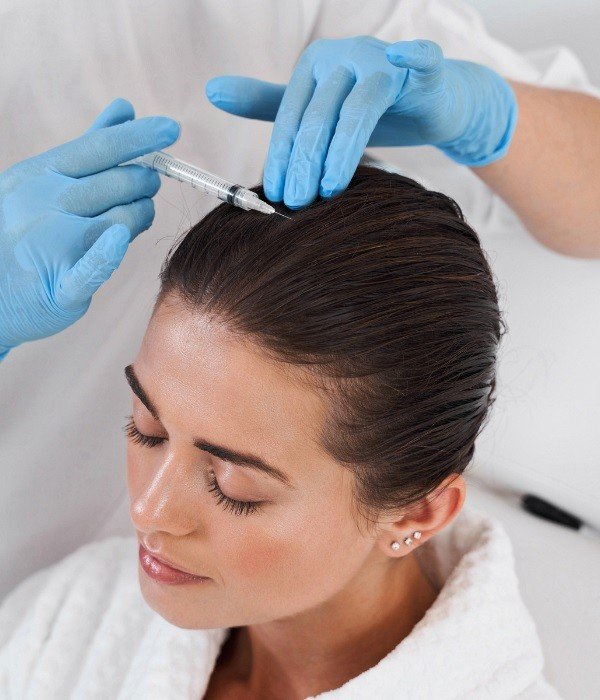
- DIY hair masks for over-toned hair: Homemade hair masks can help neutralize unwanted tones and restore moisture to your hair. For example, try mixing equal parts apple cider vinegar and water to create a rinse that can help balance hair color.
- Store-bought hair masks: Look for hair masks specifically designed to correct color or nourish over-processed hair. These products can help repair and restore your hair’s health while neutralizing unwanted tones.
- How to apply and how often: Follow the instructions on the hair mask packaging or apply your DIY hair mask evenly to damp hair. Allow the mask to sit for the recommended time (usually 10-30 minutes), then rinse thoroughly with warm water. Use the mask once or twice a week, depending on the severity of over-toning.
Color correcting shampoos and conditioners
- How they work: Color correcting shampoos and conditioners contain pigments that help neutralize unwanted tones in your hair. For example, purple shampoo can help counteract yellow or brassy tones in blonde hair.
- Choosing the right product for your hair type and tone: Select a color correcting shampoo or conditioner that targets the specific tones you want to neutralize. Be sure to follow the product instructions for optimal results.
- Application and usage tips: Use color correcting shampoos and conditioners as part of your regular hair care routine or as needed to maintain your desired hair tone. Be careful not to overuse these products, as they can also lead to over-toning if used too frequently.
Visiting a professional hairstylist
- When to consider professional help: If you’re struggling to fix your over-toned hair at home, it may be time to consult a professional hairstylist. They can assess your hair’s condition and recommend the best course of action to correct the issue.
- What to expect during a salon visit: A professional hairstylist may use color-correcting treatments, and hair masks, or even recommend a color correction service to address over-toned hair. They can also offer guidance on maintaining your hair’s health and tone moving forward.
- Maintaining hair health post-treatment: Follow your hairstylist’s recommendations for at-home care, including using the right hair care products and avoiding heat styling when possible.
Hair Care Tips for Maintaining Balanced Hair Tone

Choosing hair care products wisely
Invest in high-quality, color-safe shampoos, conditioners, and styling products that help maintain your desired hair tone while also nourishing and protecting your hair.
Reducing heat styling
Excessive heat styling can further damage over-toned hair. Limit your use of hot tools and opt for heatless styling methods when possible.
Protecting hair from environmental factors
Sun, wind, and chlorine can all affect your hair color and overall hair health. Wear a hat when in the sun, use a leave-in conditioner with UV protection, and rinse your hair thoroughly after swimming in chlorinated water.
Regular trims and hair maintenance
Regular trims can help prevent split ends and maintain your hair’s overall health. Schedule appointments with your hairstylist every 6-8 weeks to keep your hair in the best possible condition.
Conclusion
Fixing over-toned hair can be a challenging process, but with patience and diligence, you can restore your hair’s natural beauty and vibrancy. Remember to identify the cause of over-toning, use the right products and techniques to correct the issue, and maintain a healthy hair care routine to prevent future occurrences. Don’t be afraid to consult a professional hairstylist if you need help, and be patient as your hair recovers. We encourage you to share your experiences here.
